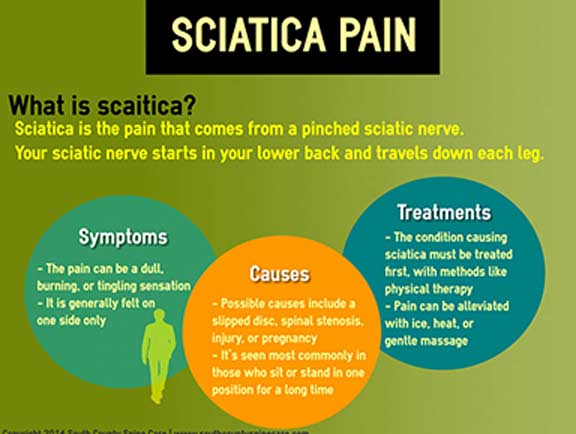The Mechanics And Results Of Cold Laser Treatment: Introducing The Scientific Recognizing
The Mechanics And Results Of Cold Laser Treatment: Introducing The Scientific Recognizing
Blog Article
Produced By-Harbo Bartlett
You may have come across cold laser therapy as an appealing treatment choice for numerous problems, but have you ever questioned how it really deals with a cellular degree? Understanding the systems behind this therapy can shed light on its effectiveness in advertising recovery and decreasing inflammation. By discovering the scientific research behind cold laser therapy, you'll obtain insights right into the remarkable methods which light can affect mobile procedures and assist in tissue repair work.
Just How Cold Laser Treatment Works
To understand how cold laser treatment functions, you require to understand the fundamental principles of just how light energy communicates with biological tissues. Cold laser treatment, also known as low-level laser treatment (LLLT), makes use of specific wavelengths of light to pass through the skin and target underlying cells. Unlike the intense lasers used in surgeries, cold lasers give off low degrees of light that don't create warm or trigger damages to the tissues.
When these gentle light waves reach the cells, they're taken in by parts called chromophores, such as cytochrome c oxidase in mitochondria. This absorption causes a series of biological feedbacks, including boosted cellular energy manufacturing and the launch of nitric oxide, which enhances blood flow and reduces swelling.
Furthermore, the light power can additionally promote the production of adenosine triphosphate (ATP), the power currency of cells, assisting in cellular fixing and regrowth processes.
Essentially, cold laser therapy utilizes the power of light power to advertise healing and relieve pain in a non-invasive and gentle way.
Devices of Action
Just how does cold laser treatment really work to generate its healing impacts on organic tissues?
Cold laser treatment, also referred to as low-level laser therapy (LLLT), operates through a process called photobiomodulation. When the cold laser is related to the skin, the light power penetrates the tissues and is absorbed by chromophores within the cells.
These chromophores, such as cytochrome c oxidase in the mitochondria, are then boosted by the light power, leading to a cascade of organic reactions. One essential system of action is the improvement of mobile metabolic process.
The absorbed light power increases ATP production in the mitochondria, which is essential for cellular function and repair work. Furthermore, cold laser treatment aids to reduce swelling by preventing inflammatory moderators and advertising the release of anti-inflammatory cytokines.
This anti-inflammatory effect adds to pain alleviation and tissue recovery.
Healing Effects
Understanding the therapeutic impacts of cold laser therapy includes identifying how the improved mobile metabolic process and anti-inflammatory properties contribute to its favorable outcomes on organic tissues.
When the cold laser is related to the affected area, it boosts the mitochondria within the cells, bring about boosted manufacturing of adenosine triphosphate (ATP), which is essential for mobile function and repair work. please click the following internet page in mobile power increases the recovery procedure by advertising tissue regrowth and decreasing swelling.
In https://samedaychiropractornearme95162.like-blogs.com/28158088/grow-your-knowledge-of-cold-laser-treatment-and-reveal-the-remarkable-ways-in-which-this-cutting-edge-therapy-transforms-the-recovery-process-revealing-previously-obscure-opportunities , the anti-inflammatory homes of cold laser treatment help to reduce pain and swelling in the targeted location. By hindering inflammatory conciliators and advertising the release of anti-inflammatory cytokines, cold laser therapy aids in reducing discomfort and boosting the overall recovery feedback.
This decrease in swelling not just provides instant alleviation but also sustains long-lasting tissue repair.
Final thought
In conclusion, cold laser therapy works by stimulating mobile repair service and cells regeneration with photobiomodulation. Its anti-inflammatory properties provide pain relief and lower swelling by inhibiting inflammatory arbitrators.
This treatment offers a comprehensive strategy to recovery, delivering both immediate alleviation and long-lasting tissue repair service advantages.
With click the up coming document of action, cold laser therapy verifies to be a reliable and appealing therapy option for a range of conditions.
